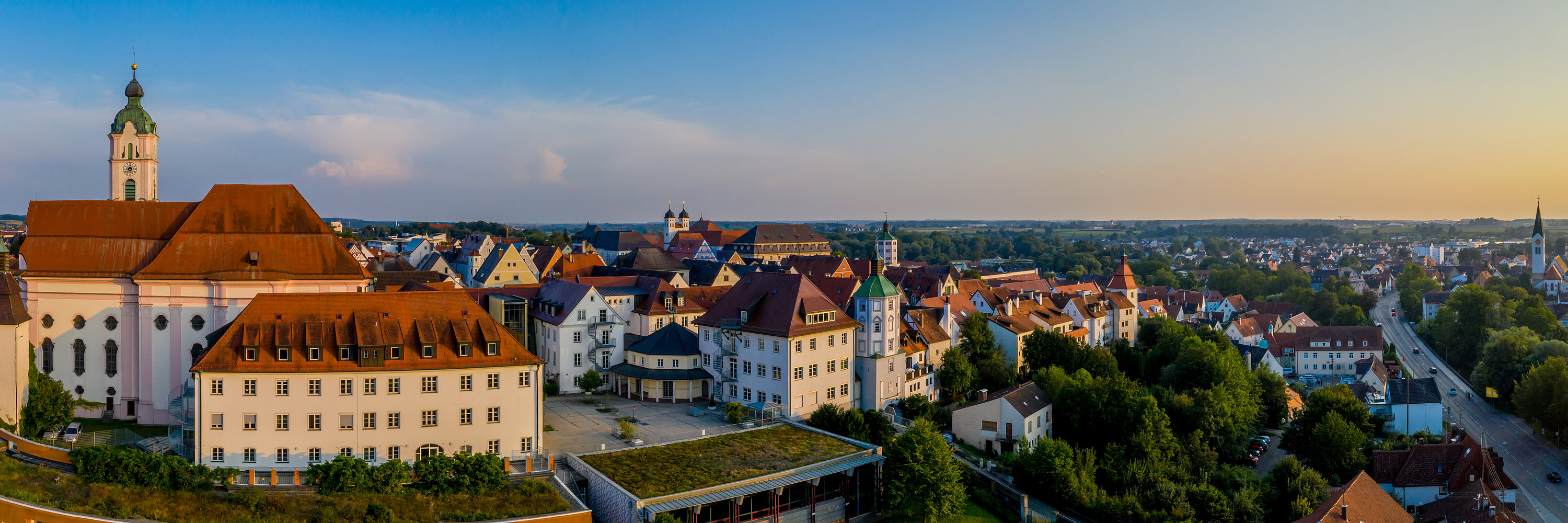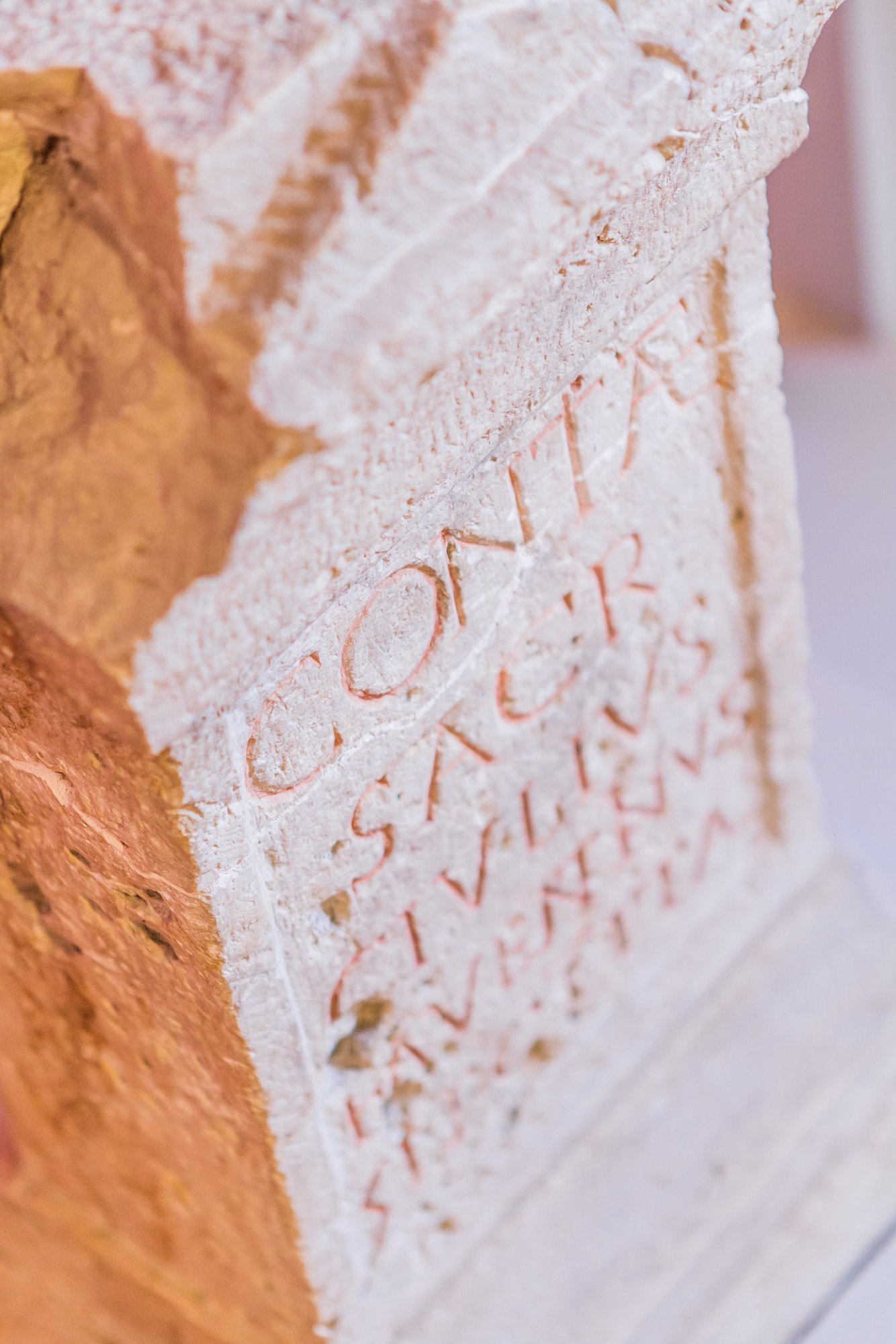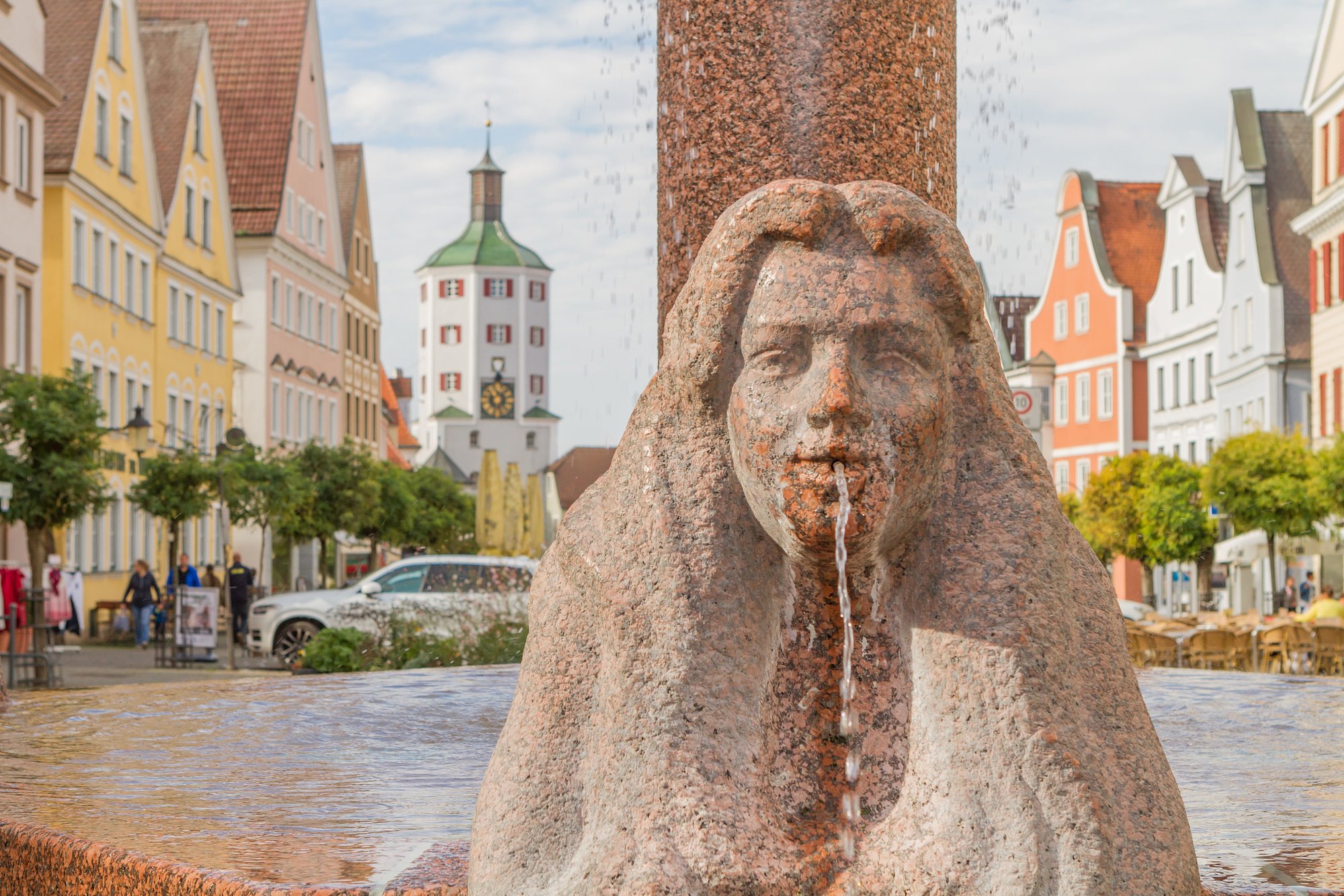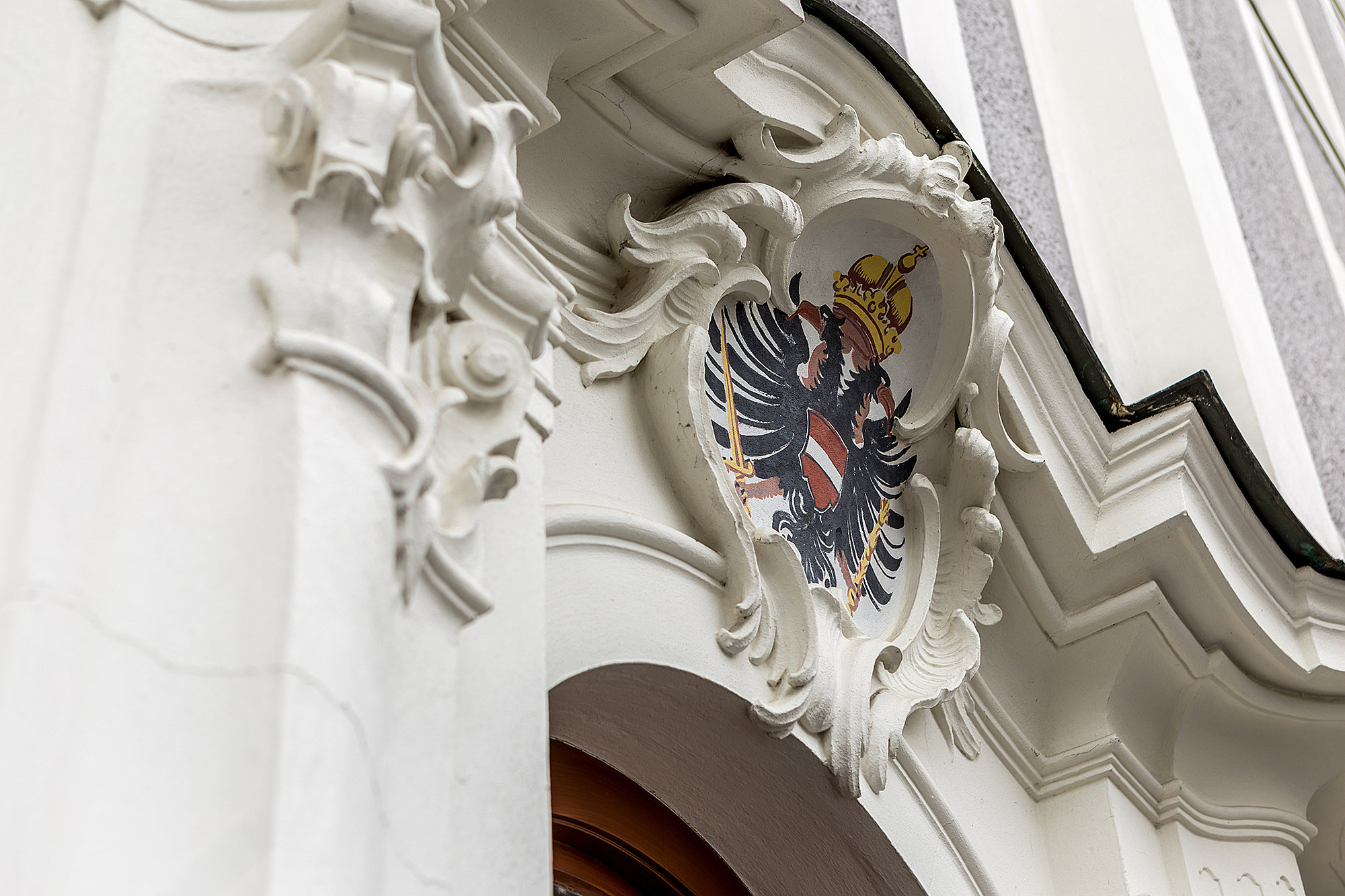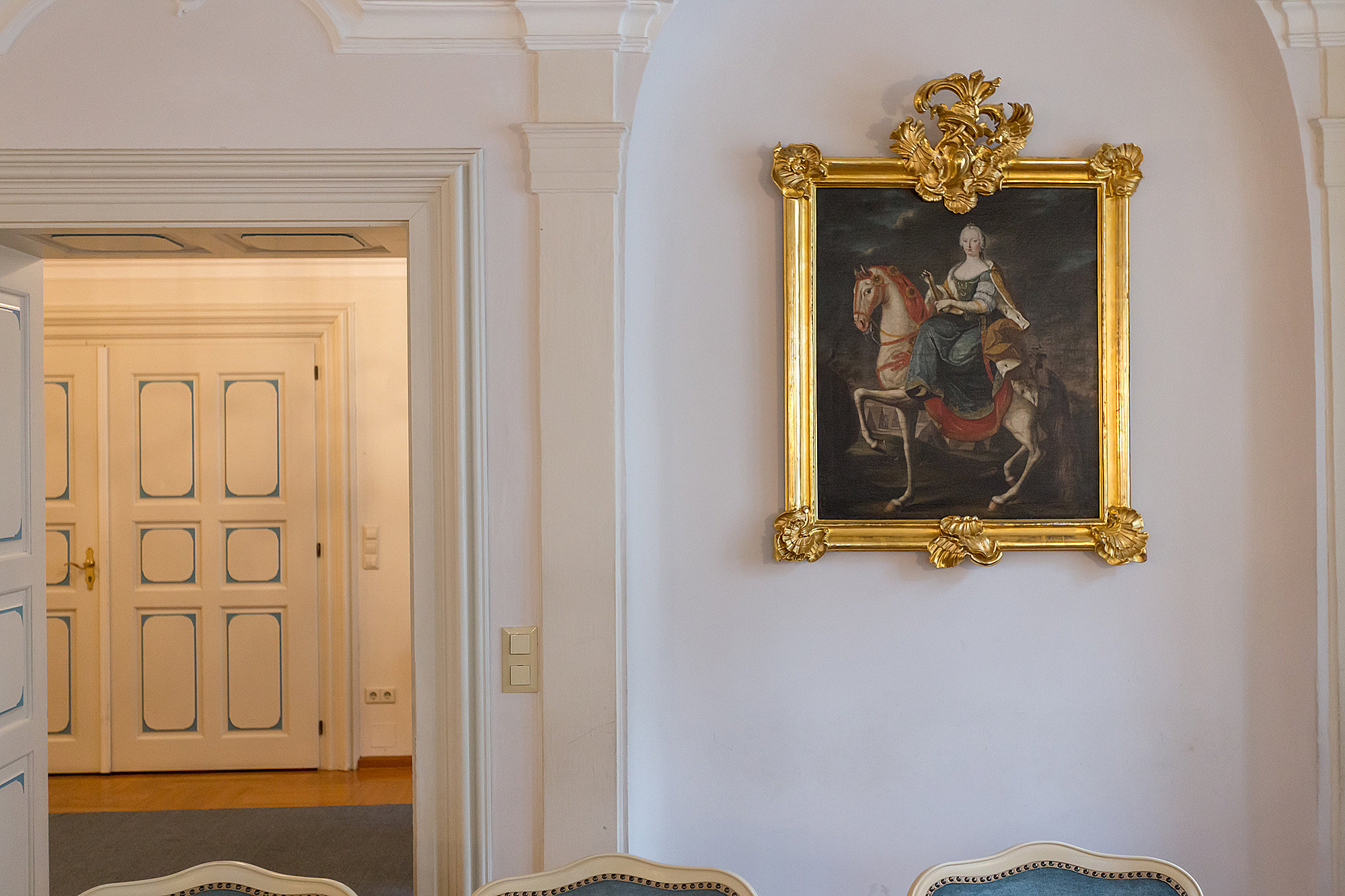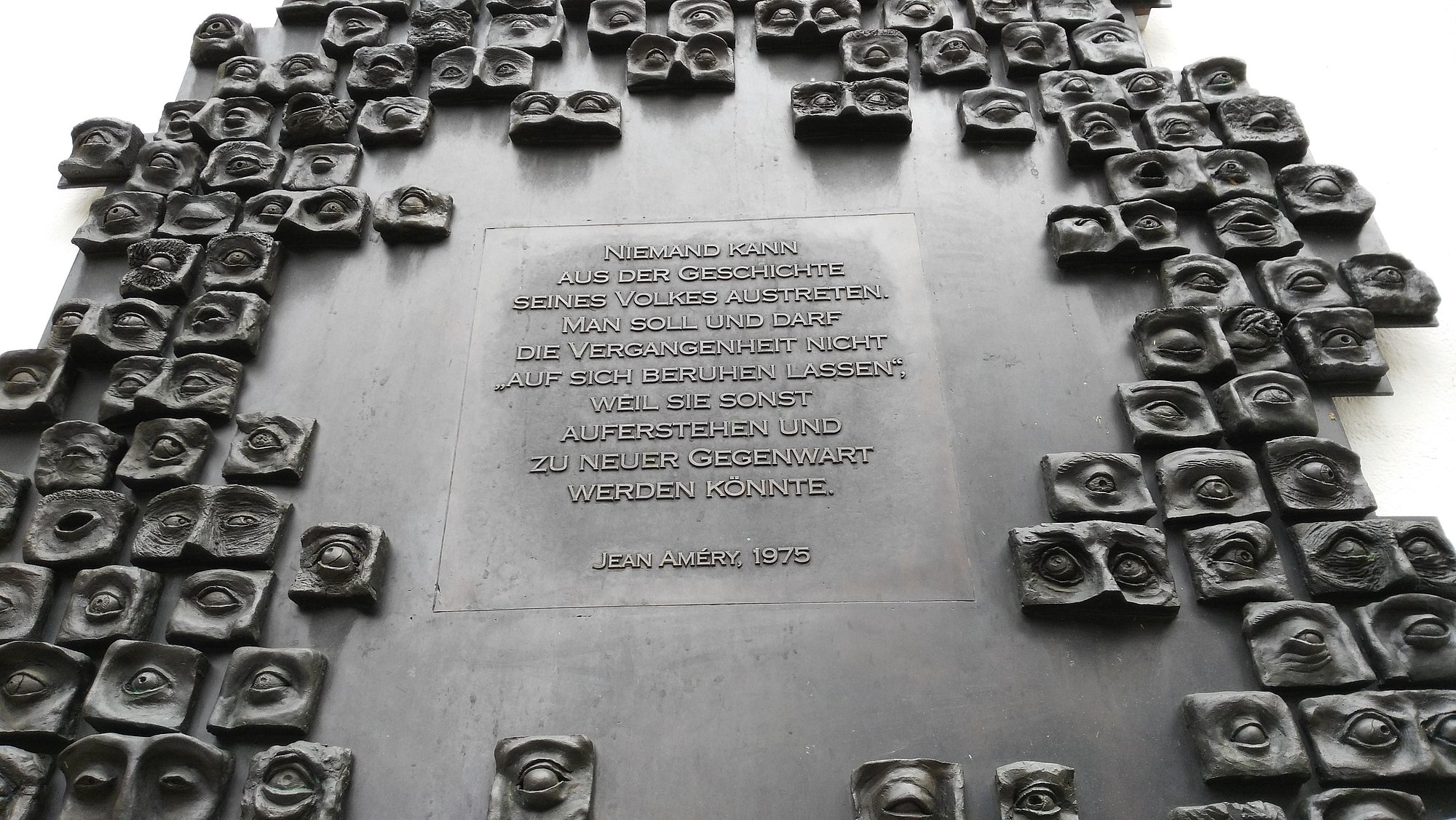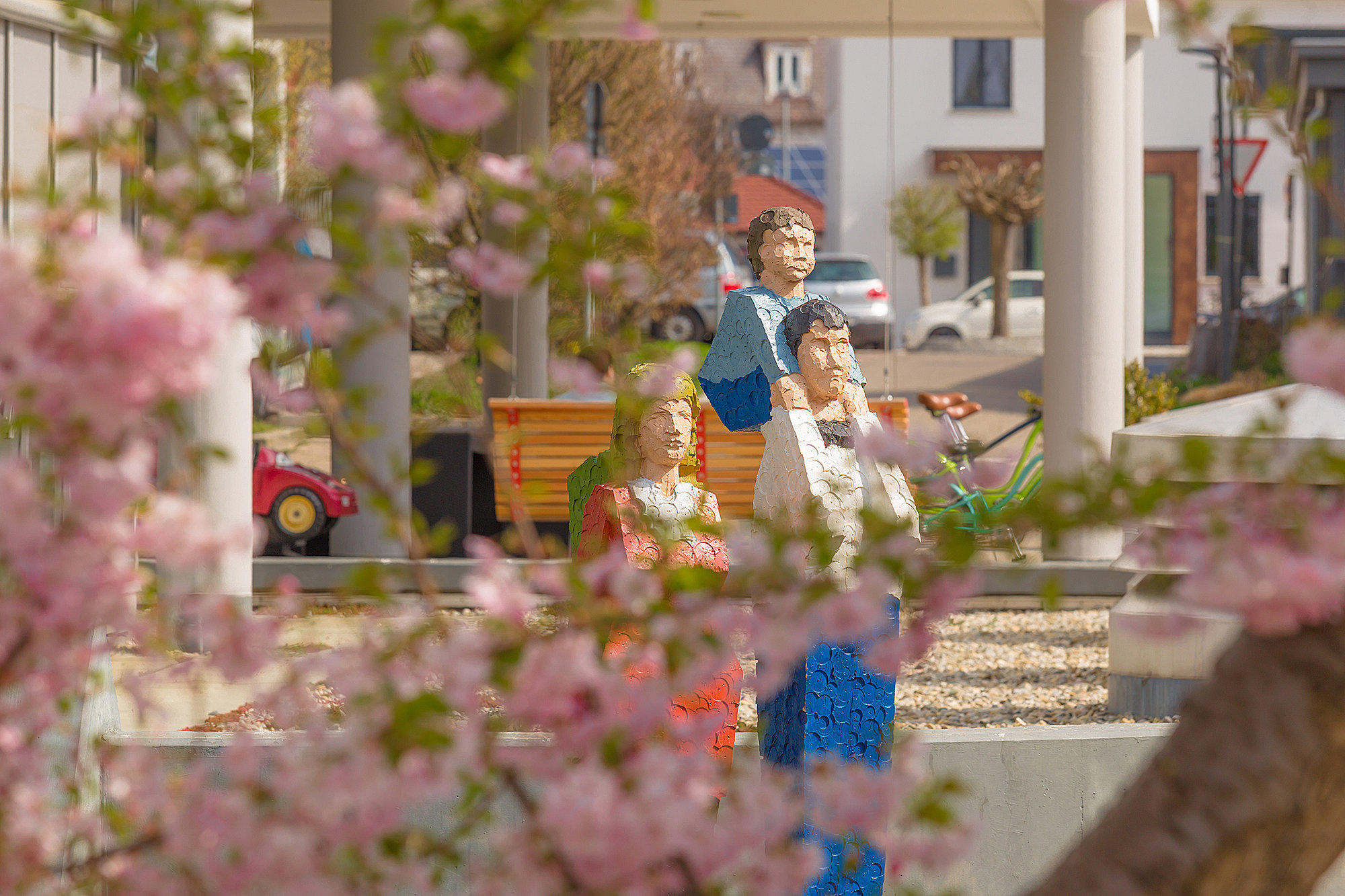History
Günzburg - Roman City, Residence, Conurbation
“Günzburg's fate and its history are on the roads”, this is how writer Alexander Heilmeyer (1872-1940) characterized his hometown of Günzburg. There have always been transport routes that have lent the city its reputation and significance.
The Roman origins of Günzburg
The Romans secured the Danube crossing and crossroads with a castle by 77/78 CE at the latest, which developed into a flourishing settlement that lasted into the first half of the fifth century. The archaeological findings, including more than 1900 grave contents from the largest excavated burial ground north of the Alps, establish the significance and prosperity of ancient Gontia. This name can be traced back to a Celtic river deity, who the Romans continued to worship.
Under the rule of the Habsburgs
After the retreat of the Romans, there are multiple centuries we know hardly anything about. Günzburg is mentioned again only in 1065, when King Henry IV. (1056-1106) signed a charter “ze Gunceburch”. The market settlement was incorporated after 1280 into the margravate of Burgau, and after the margrave family died out (Henry III von Berg †1301), fell into the hands of the Habsburgs. The margravate thus became a part of the Austrian foreland, a widely spread out territorial possession in what is currently southwest Germany. Nothing much changed for over 500 years except for a few forfeitures.
The Habsburgs also recognized the beneficial transport location, and in the 14th century, established a precisely planned upper town, which developed quickly and soon annexed the towns in the area. The expansion of the residential castle reinforced this tendency: Between 1577 and 1580, the castle with its court church was built in the renaissance style. This was commissioned by Archduke Ferdinand II, whose son Karl resided here as margrave of Burgau from 1609 to 1618.
Times of unrest and new prosperity
The next centuries were characterized by setbacks. The Thirty Year's War (1618-1648) and the Spanish War of Succession (1701-1714) – during which the castle and surrounding homes burned down (1703) – brought hardship and misery to the population. The entire northern half of the upper town burnt down on May 8, 1735. However, a new church was built in Rococo style (1736-1741) immediately on the location of the Gothic Church of Our Lady. The master builder was Dominikus Zimmermann from Wessobrunn, the famous master builder of the Wieskirche church. Art historians laud the new Church of Our Lady as “one of the most elegant achievements of the 18th century” (Georg Dehio).
After the start of the reign of Maria Theresa (1740-1780), a time of prosperity began for the city, which is still in living memory today. Since 1760, the postal road from Vienna to Paris ran over the market square and even a decade prior to that, the educational system was reorganized through the vocation of the Escolapian fathers and the English mistresses.
Economy and commerce and an increase in visitors
The trading families Brentano, Molo and Rebay from northern Italy profited from these innovations. They came into their wealth and importance with the trade of linen produced in Günzburg and the surrounding area. The erection of a mint for Anterior Austria (1764-1767: today the city hall) underlined the importance of the city shortly before the end of the old empire, and we are proud of the fact that the Maria Theresa coins minted in Vienna to date still bear the initials of the Günzburg mint masters Schöbl and Faby, "SF”, today.
Emperor Josef II (1780-1790) made Günzburg a garrison, and on May 18, 1803, Günzburg was even the district capital of Anterior Austria for a short time. After Freiburg im Breisgau, Günzburg is the German city with the most architectural monuments from the Habsburg period.
New Reign - New Times
An unpopular guest came to Günzburg in October 1805: Napoleon. He incorporated the city into the new Kingdom of Bavaria. The city priest Feuchtmayer is said to have preached the following on New Year's Day 1806: “So now we are Bavarian, due to our sins we probably deserve it!” The citizens of Günzburg needed some time to process the loss of significance and the new sovereigns. The completion of the Munich-Stuttgart railway line (1853) is associated with the start of industrial production in Günzburg and the surrounding area. An upward trend for development has characterized the look of the city into current times. However, the two World Wars interrupted this positive trend, particularly the rectification of the bomb damage occurring in April 1945 and the integration of more than 3,900 people driven from their homelands represented a massive challenge.
A long shadow
Here we need to talk about two natives of Günzburg who came to office and grandeur during the National Socialist period, and who still throw a shadow on their hometown today: Franz Xaver Schwarz and Josef Mengele. The former was the “Imperial Treasurer” for the National Socialist Party and thus responsible for the finances of Adolf Hitler's party. Despite the importance of his task in the NS state, he is hardly known among the public today. The case of CC physician Josef Mengele is a completely different story, as due to his gruesome human experiments in Auschwitz, he became a synonym of the criminal scientist. He was able to avoid judgment through decades of hiding in South America. Because of him, Günzburg was repeatedly subjected to severe criticism in the global press. On March 8, 2005, the city of Günzburg unveiled a memorial to honor the memory of Mengele's victims.
And we cannot forget two men who opposed the NS system. The Günzburg parliamentary representative Otto Geiselhart was driven to suicide by the Nazis in 1933, and the local parish priest Dr. Adam Birner, who courageously preached against the regime, was arrested in 1941 and died under unexplained circumstances in the Augsburg Gestapo prison.
Service center and recreational metropolis
In the post-war era, Günzburg metamorphosed into a modern city, that was deemed a regional metropolis together with its western neighbor Leipheim. The urban area doubled with the communal regional reform. The former communities of Deffingen, Denzingen, Leinheim, Nornheim, Reisensburg, Riedhausen and Wasserburg have still retained their village-like identity.
Social institutions, secondary schools, many shopping options and modern sports facilities are available to the citizens. The Forum am Hofgarten was created at the beginning of the 90s for concerts, theater performances and conferences. In a long process started in the 1980s, renovation of the historical town center, pedestrian zones and underground parking have made the city more attractive. If the closure of both major employers, the southern German cotton industry and Mengele were a setback in the 1980s and 1990s, the opening of the globally lauded park of the LEGO® company on May 17, 2002 started a change in trend: Every year it is visited by over one million guests from Germany and abroad. Thus Günzburg has been established as a significant tourist attraction in southern Germany.
